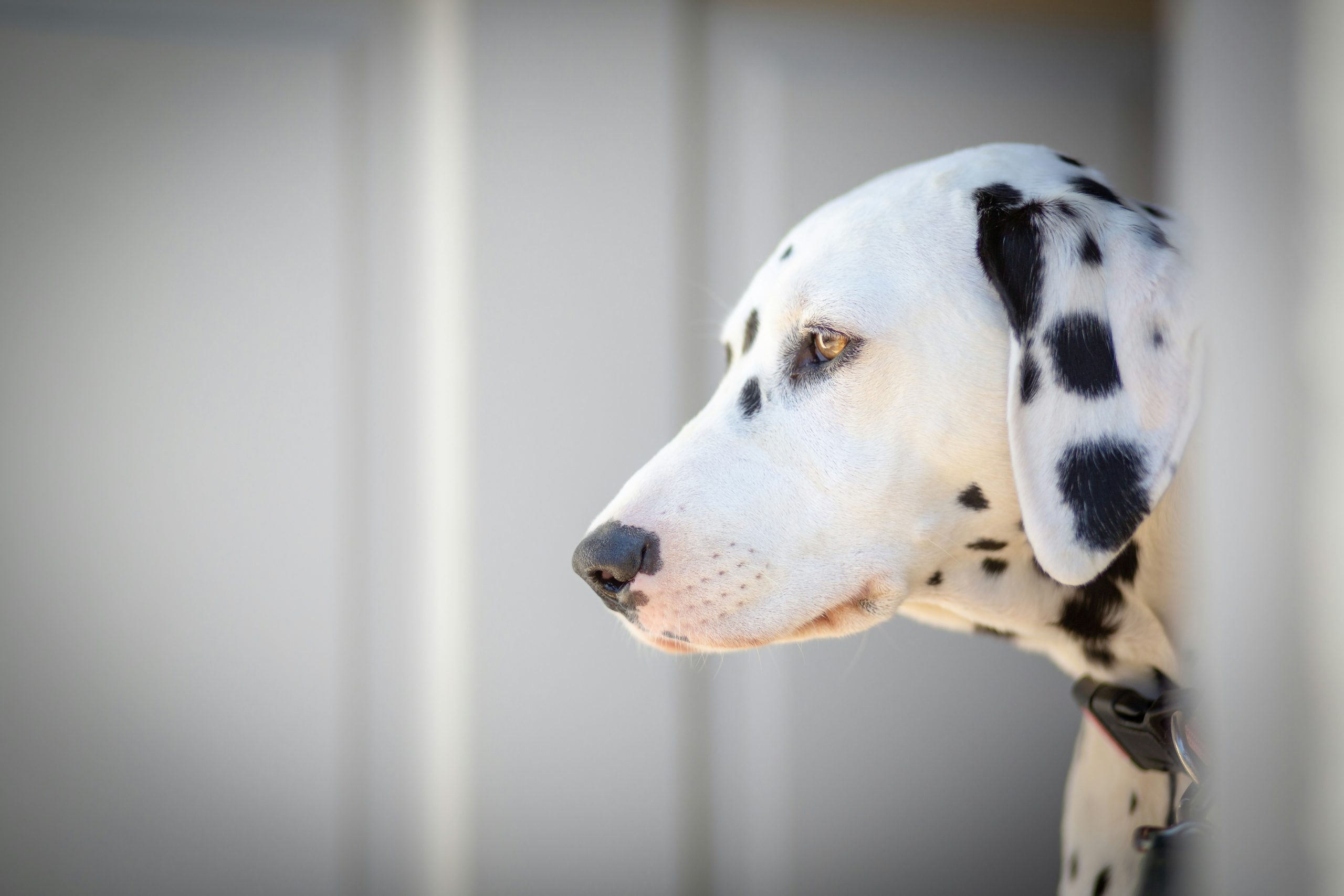
March the 26th, 2024 – Speaking Dalmatian doesn’t begin and end with saying “a e” or swapping “m” for “n”. It’s much more complex than that, and sadly, much of it is actively being lost.
For such a small country which uses it as their official language, Croatian is diverse. What are usually called ”dialects” here are often almost entire languages of their own. Put someone from Brac and someone from Zagorje alone together in a room and watch them flounder in their attempts to understand each other when they speak naturally and you’ll see what I mean.
Foreigners get their tongues twisted just hearing Croatian being spoken, Members of the diaspora who think they can speak the language often arrive scratching their heads because the words grandma and granddad used are rarely ever spoken anymore, and when it comes to speaking Dalmatian, very many have no idea of all of the words which are sadly being lost to the cruel hands of time.
Even when it comes to speaking Dalmatian, there are words used in places on the island of Hvar that nobody would really grasp just next door on the island of Brac, and vice versa, and let’s not even get started on the Dubrovnik dialect (Dubrovacki govor/dijalekt) in this article, or we’ll be here all day long.
So, let’s get to speaking Dalmatian by looking at some old and sadly (almost) forgotten words and what they mean. We’ll compare them to the standard Croatian words and see how they differ – sometimes vastly. Let’s start illogically, much like many of the rules of language appear to be to a lot of people – with the letter B.
Brav – A sheep or a lamb. In standard Croatian this is quite different, with sheep being ovca and lamb being a janjac.
Bravini konji – Nice looking horses, usually of the draft horse type. In Croatian, a horse is merely a konj, and draft horses (to which this term typically refers) are konji na vucu.
Brbat – To look for something with your hands. In standard Croatian, it would simply be to ”traziti nesto rukama”, but why bother with all that when you can use one word?
Breknut – To tap or knock on something. In standard Croatian, you’d say kucnuti, bositi or udariti.
Brgvazdat – To babble, be chatty and to jabber, or to talk a lot (to go on and on about something). In standard Croatian, this would be brbljati.
Britulin – A pocket knife or a small switch knife. In Croatian, this would simply be a noz, or a nozic if you want to emphasise the fact that it is small.
Bricit/bricenje – To shave and to be shaving. In Croatian, this would be brijati (to shave), or brijanje (shaving). You can also use this term in a context-based way if it’s particularly blowy outside thanks to the harsh bura wind, for example.
Brik – A two-masted sailing vessel. In standard Croatian, this would be a jedranjak sa dva jarbola. Again, when speaking Dalmatian (or old Dalmatian), shortening it all is easier.
Briska – Olive pomace, or, in standard Croatian, komina od masline.
Brlina – A location within an oil mill used for the ”pouring out” of the olives, or, prostor u uljari namijenjen za sipanje maslina.
Bmistra – The Dalmatian word for the Spartium plant (in standard Croatian this one isn’t that much different – brnistra).
Brombul – A mix of everything and anything! In Croatian, you’d probably just say mjesavina svega i svacega.
Brombulat – This one ties in with the above as you can see with the similarity of the word used. This would be the act of mixing up that ”everything and anything” mentioned above. In Croatian, you’d just say mjesati nesto. Isn’t speaking Dalmatian so much more simple?
Brontulat – It’s similar to the above to read, but it means something quite different. You’d use this if you were speak without any sense (govoriti bez smisla) or to just go on and on about something (neprestano govoriti) without a reason. You might even use this term for someone complaining (prigovarati).
Buhoserina – Literally, flea shit. In Croatian, this would just be izmet buhe.
Buherac – The Dalmatian word for the Tanacetum plant. In Croatian this is buhac.
Buganci – frost bite on the arms, legs or on the lips/around the mouth. In Croatian, this would be ozebline or smrzotine.
Bujer – A hat or cap (kapa, sesir).
Bumbit – To drink (Croatian: piti).
Bunetarka – A type of fig, in Croatian this would be bruzetka crna, or as the Italian is used by those who are into this, brogiotto bianco.
Butiga – This one is still very commonly used. A shop or a place/point of sale. In Croatian, this would just be trgovina. The person actually doing the selling, such as the cashier, would be a butigir.
Butat – The act of throwing something into a body of water, most likely the sea. Baciti nesto would be the standard Croatian version.
As you can see, speaking Dalmatian, or more precisely using old Dalmatian words, is quite different to speaking standard Croatian, and it doesn’t begin and end with using a Split dialect. Some of these words (but not all) are rarely used anymore and are in danger of being lost forever – and we’ve only looked at the letter B so far. So imagine an entire alphabet of words like this which often sound absolutely nothing whatsoever like their standard Croatian equivalents?!
It’s up to us to work to preserve this old way of speaking for future generations who want to claim being Dalmatian as part of their heritage and culture. Languages are enormous parts of cultures, and they open doors to connections which would otherwise remain closed to us. It’s imperative we keep dying terminology alive.

No comments:
Post a Comment